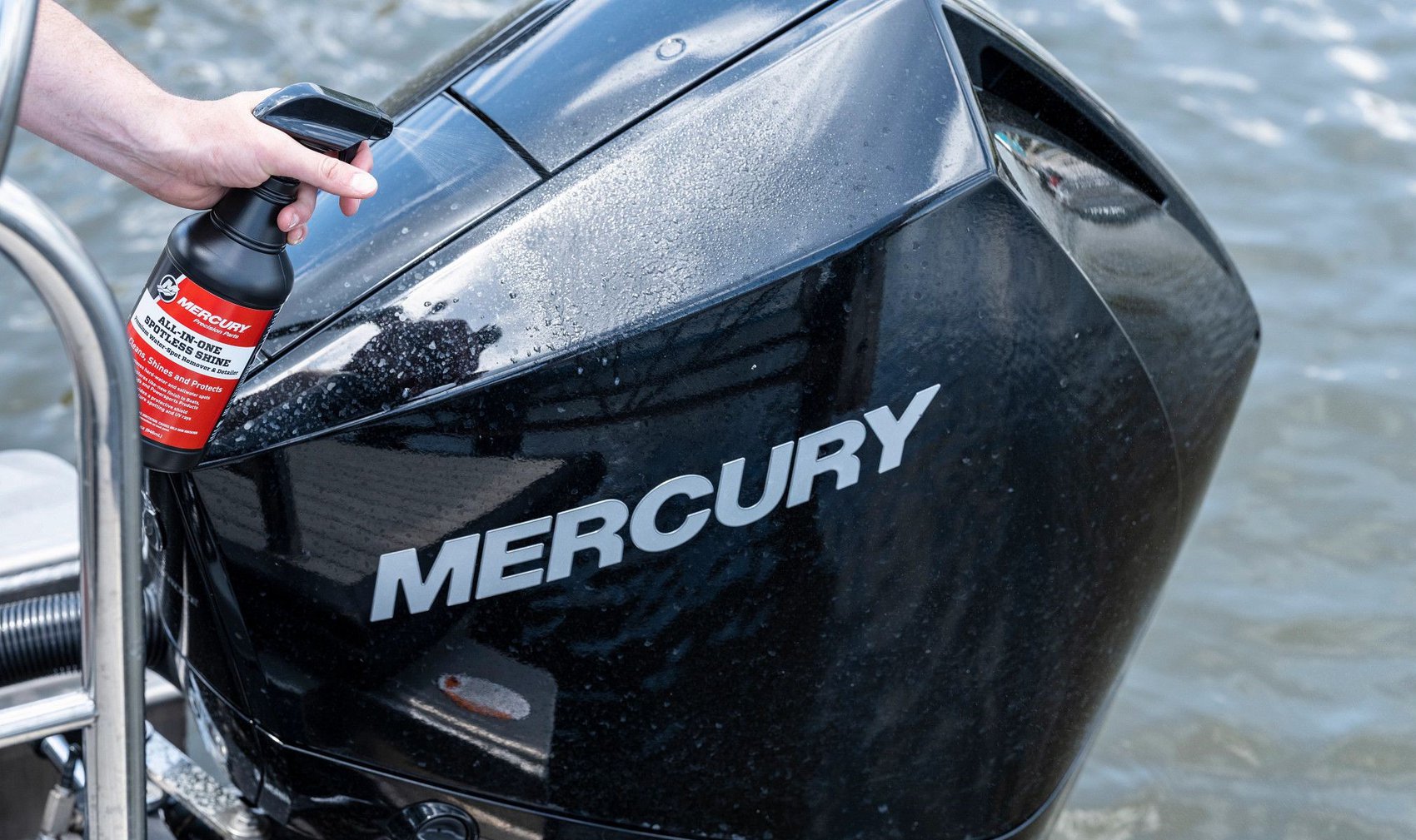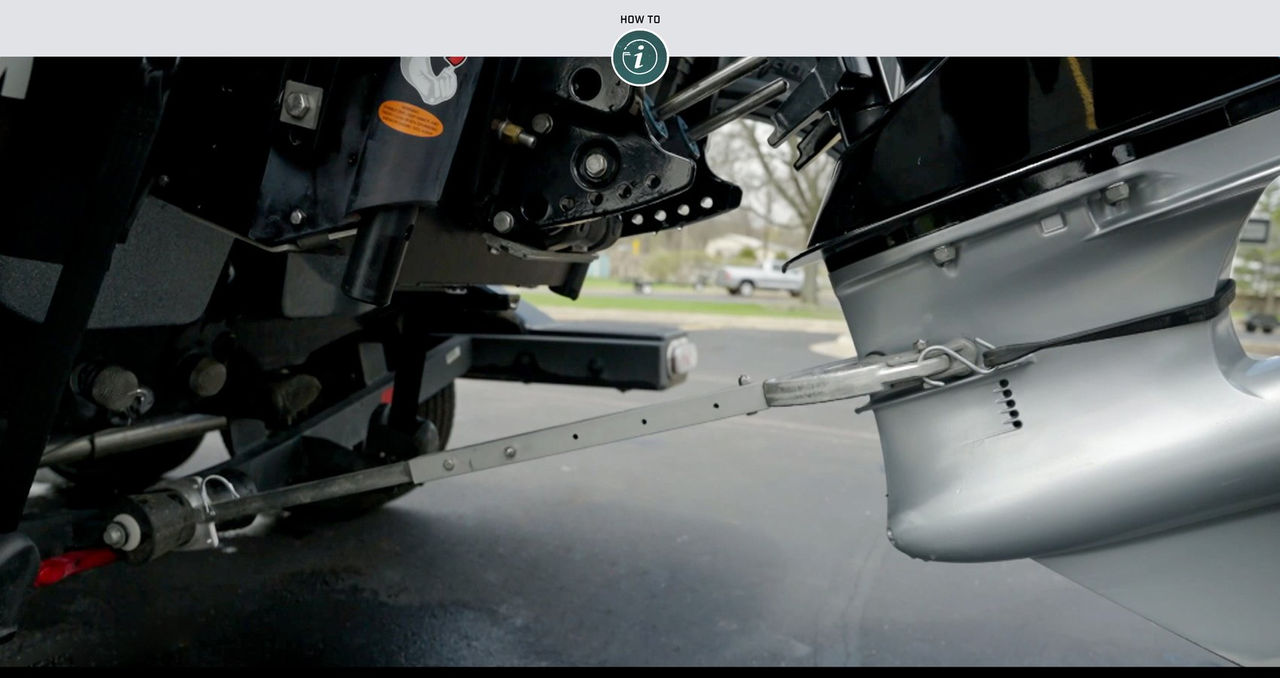Every activity comes with a laundry list of available accessories, and boating is certainly no exception. And, of course, there are those who seem to buy almost every gadget and add-on under the sun, whether it adds any value or not.
Rest assured, an outboard motor support bracket is one accessory that is definitely not just for show, as demonstrated by Mercury Pro Team member and renowned television personality Mark Zona in this short video. As host of “Zona’s Awesome Fishing Show” – not to mention being among the most obsessed anglers one could ever hope to meet – Zona covers a lot of miles, often over unfamiliar roads, so he knows how important a support bracket is to the protection of his engine and boat.
An outboard support bracket is designed to brace up the rear of a tilted outboard to minimize the engine-rocking movements caused by trailering and keep the remaining forces from damaging the engine’s transom assembly or the transom of the boat. It also keeps the engine centered for better weight distribution and reduced side-to-side movement.
When you trailer your boat with your outboard fully or almost fully tilted up for maximum ground clearance, the engine becomes a long lever with a good bit of weight on both ends – especially the powerhead end. So every bump you hit or hard stop you unexpectedly make causes an unsupported engine to exert a tremendous amount of force on everything that is holding it up or connecting it to the boat, namely the transom bracket and bolts, hinge pin, and trim cylinders. This bouncing force is also transmitted to the transom of the boat, causing it to flex and pull on the rest of the hull. Over time, these forces can wear out the above-listed components and could actually crack and break the transom.
Outboard support brackets come in a variety of forms. The most typical style looks a bit like a 2- to 4-foot rod with a “U” on one end and a rubber-cushioned “V” on the other, aligned perpendicular to one another. The rod is often adjustable in length by virtue of a simple pin and slip-joint system to accommodate various boat, motor and trailer configurations.
Installation begins with tilting the outboard all the way up. The U end of the support bracket is then inserted over the center of the trailer’s rear roller, and the V end is supported by hand just below and in front of the outboard’s lower unit. The installer then uses the on-engine trim switch to carefully lower the gearcase firmly into the V so that the weight of the engine is borne by the support bracket, not the hydraulic trim cylinders. When properly installed, the front of the lower unit a bit below the anti-ventilation plate will rest firmly in the V, and the outboard support bracket will be wedged in tight – free of any movement or rattle. Many models feature a strap or bungee cord that wraps around the back of the lower unit to ensure that the support bracket doesn’t jar loose in transit.
Note, an outboard support bracket isn’t a mandatory piece of equipment, and many people get by just fine without one. But the larger the outboard, the more you trailer and the rougher the roads you may encounter, the more you need the extra protection. In the end, an outboard support bracket is a fairly inexpensive item, and it only takes a moment to install and remove, yet the peace of mind that it provides is well worth it for many boaters.
To learn more about Mark Zona or “Zona’s Awesome Fishing Show,” visit MarkZona.com.




